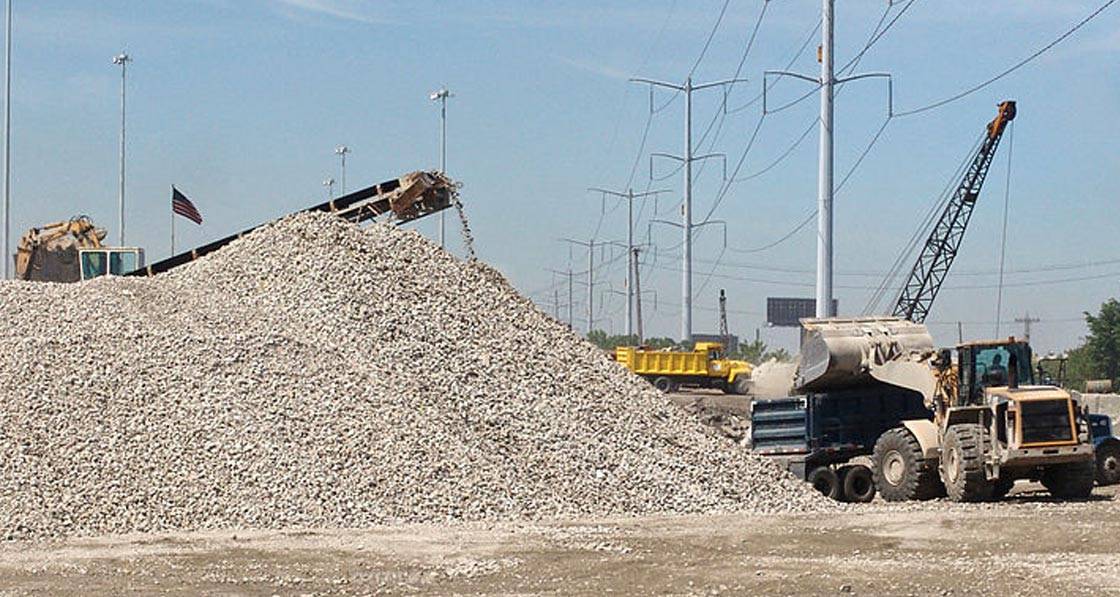
- Product News
- Posted
Green concrete breakthrough with waste wood & recycled concrete
Researchers at the Institute of Industrial Science at the University of Tokyo have developed a new procedure for recycling concrete with the addition of discarded wood.
This article was originally published in issue 33 of Passive House Plus magazine. Want immediate access to all back issues and exclusive extra content? Click here to subscribe for as little as €10, or click here to receive the next issue free of charge
The research team found that the correct proportion of inputs can yield a new building material with a bending strength superior to that of the original concrete. This research may help drastically reduce construction costs, as well as slash carbon emissions.
As countries work to constrain their greenhouse emissions, concrete production has fallen under increased scrutiny. Concrete consists of two parts, aggregate — which is usually made of gravel and crushed stone — and cement. Cement production is responsible for approximately 7% of global carbon emissions.
"Just reusing the aggregate from old concrete is unsustainable, because it is the production of new cement that is driving climate change emissions," explains first author Li Liang. Therefore, a new, environmentally friendly approach is needed to help promote the circular economy of concrete. The researchers optimized their new method by adjusting the mixture proportion, pressure, temperature, pressing duration, and water content. Finding the right proportion of concrete and recycled wood was critical to obtaining concrete with the most strength.
Wood gets its rigidity from lignin, which are highly crosslinked organic polymers. In this case, lignin fills the gaps in the concrete and functions as an adhesive when it is mixed with waste concrete powder and then heated. The material’s strength was also improved by higher temperatures and pressures during pressing.
"Most of the recycled products we made exhibited better bending strength than that of ordinary concrete," says senior author, lecturer Yuya Sakai. The recycled concrete is even likely to be biodegradable, because the concrete waste is attached to the wood component, the researchers said. The method could also be extended to recycle other types of discarded plant matter, instead of wood, or even brand-new concrete made from plants, sand, and gravel.
This research will be published in the proceedings of the Sixth International Conference on Construction Materials (ConMat'20) as ‘Experimental study of the bending strength of recycled concrete and wooden waste by heating compaction’.
Related items
-
 #BuildingLife Series: Director at CORA Consulting Engineers, John Casey
#BuildingLife Series: Director at CORA Consulting Engineers, John Casey -
 September’s AECB environmental construction conference seeks to spark debate among industry experts
September’s AECB environmental construction conference seeks to spark debate among industry experts -
 Climate report warns overheating crisis threatens UK
Climate report warns overheating crisis threatens UK -
 Sustainable building leaders crowned at Exemplar Awards
Sustainable building leaders crowned at Exemplar Awards -
 Barratt launches record passive house scheme
Barratt launches record passive house scheme -
 Green homes and finance join forces for growth
Green homes and finance join forces for growth

